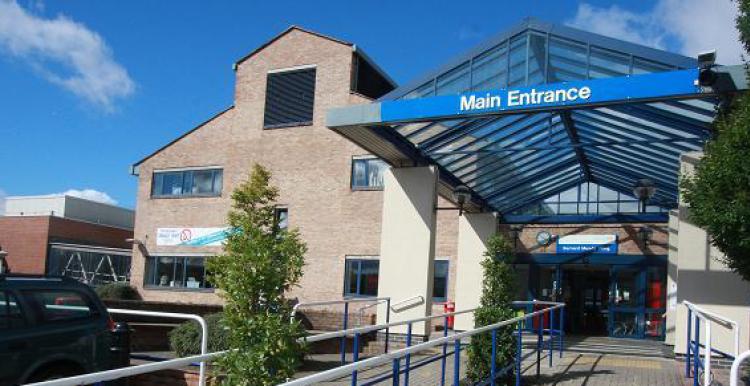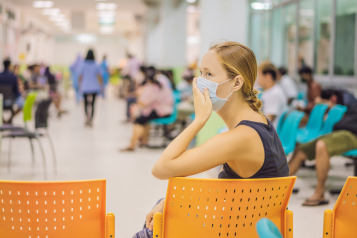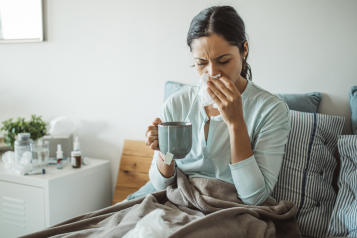Find out more about virtual wards at Kingston Hospital

Healthwatch Kingston are hosting a presentation from Kingston Hospital about how virtual wards will work in Kingston.
To help make sure the presentation covers what you want to know we will be taking questions before hand. Please email scott@healthwatchkingston.org.uk with your questions. There will also be an opportunity to ask more after the presentation on the day.
What are virtual wards?
Virtual wards allow patients to get the care they need at home safely and conveniently, rather than being in hospital. Virtual wards are in place in many parts of the country, such as COVID virtual wards.
People with other conditions can also be treated in a virtual ward, for example people living with frailty and people with acute respiratory infection. The NHS is increasingly introducing virtual wards to support people at the place they call home, including care homes. In a virtual ward, support can include remote monitoring using apps, technology platforms, wearables and medical devices such as pulse oximeters. Support may also involve face-to-face care from multi-disciplinary teams based in the community, which is sometimes called Hospital at Home.
Virtual wards allow patients to get the care they need at home safely and conveniently, ratherthan being in hospital. Virtual wards are in place in many parts of the country, such as COVID virtual wards. People with other conditions can also be treated in a virtual ward, for example people living with frailty and people with acute respiratory infection.
The NHS is increasingly introducing virtual wards to support people at the place they call home, including care homes. In a virtual ward, support can include remote monitoring using apps, technology platforms, wearables and medical devices such as pulse oximeters. Support may also involve face-to-face care from multi-disciplinary teams based in the community, which is sometimes called Hospital at Home.


